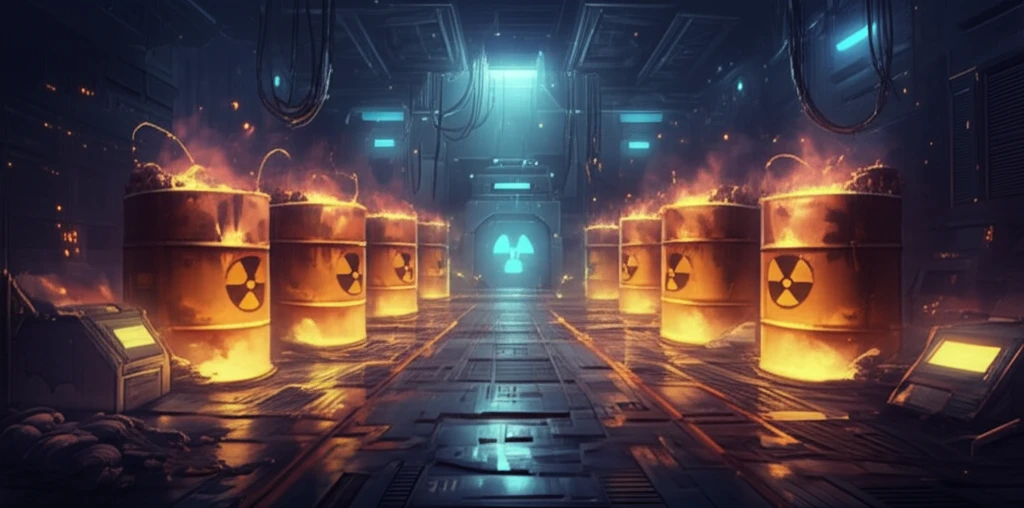
Is Your Nuclear Waste Safe? The Truth About Thermal Stability and Irradiation
"Uncover the impacts of irradiation on the thermal stability of nuclear waste solutions and what it means for safety."
Managing spent nuclear fuel involves using organic extractants to separate valuable materials. However, these extractants, mixed with nitric acid and metal salts, can undergo oxidation, releasing gas and heat. This process can escalate into a thermal explosion under certain conditions, posing significant risks in reprocessing plants.
The safety of nuclear facilities depends on understanding how these extraction systems behave under various stresses. Both radiation and chemical reactions can degrade extractants, leading to potential fires and explosions. Historical incidents highlight the urgent need to study these factors.
Researchers have focused on how ionizing irradiation impacts the thermal stability of tri-n-butyl phosphate (TBP) solutions in Isopar-M, a common system in nuclear reprocessing. By understanding these effects, better safety measures can be developed.
Dynamics of Gas Evolution

Scientists investigated the dynamics of gas evolution during the thermal oxidation of TBP solutions. They examined 30% TBP solutions in Isopar-M saturated with varying concentrations of nitric acid (4.3, 8.2, and 12.0 mol/L) across a temperature range of 70°C to 150°C. Experiments were conducted in open vessels, measuring the volume of released gases to determine how pre-irradiation affects thermolysis and the accumulation of liquid degradation products.
- Concentrations of nitric acid
- Temperature range (70°C - 150°C)
- Pre-irradiation doses (up to 1 MGy)
- Measurement of gas evolution rates
What This Means for Nuclear Safety
This research underscores the importance of understanding the effects of irradiation on nuclear waste management. By identifying the conditions that lead to increased gas evolution and reduced thermal stability, facilities can implement better safety protocols. Further studies can build on these findings, leading to more robust and secure nuclear reprocessing methods.
